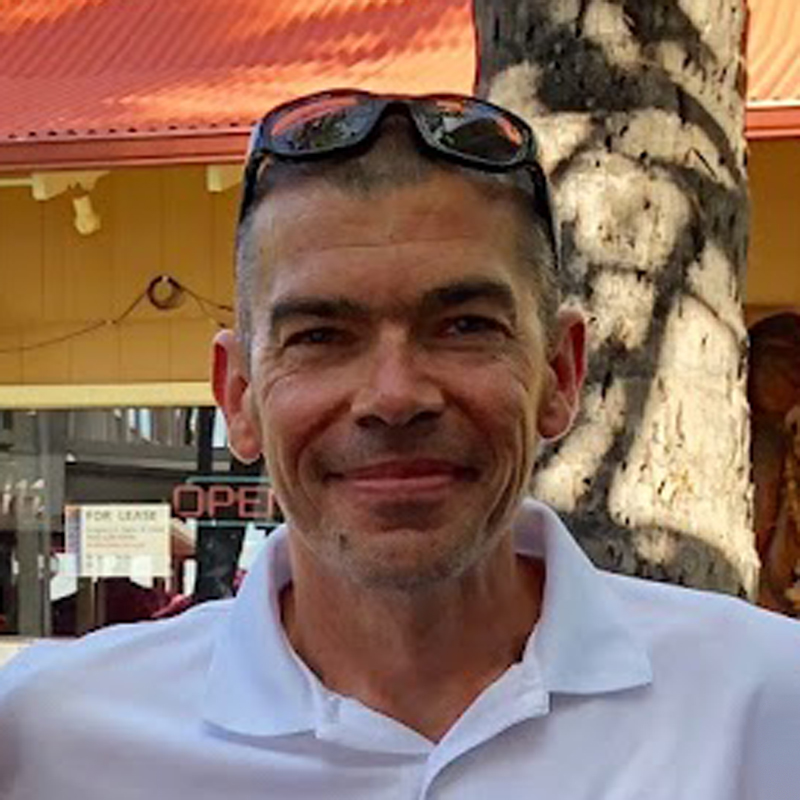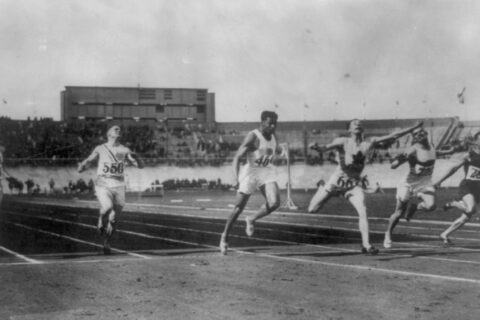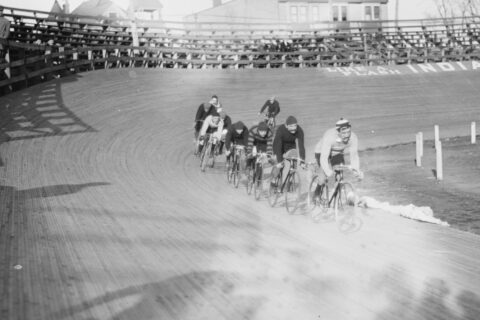As head coach and founder of MAD Science Coaching, Alan Couzens works primarily with triathletes—amateurs, serious amateurs, and a few pros. More recently, MAD Science Coaching began providing training plans and testing to amateur athletes, leveraging Alan’s experience in the lab, testing pro athletes competing at the highest level of the sport.
As head coach and founder of MAD Science Coaching, Alan Couzens works primarily with triathletes—amateurs, serious amateurs, and a few pros. More recently, MAD Science Coaching began providing training plans and testing to amateur athletes, leveraging Alan’s experience in the lab, testing pro athletes competing at the highest level of the sport.





